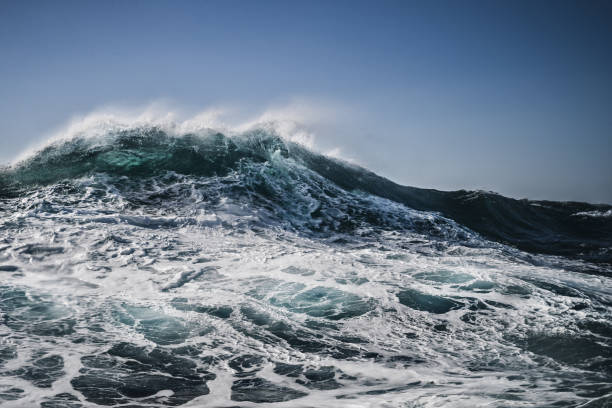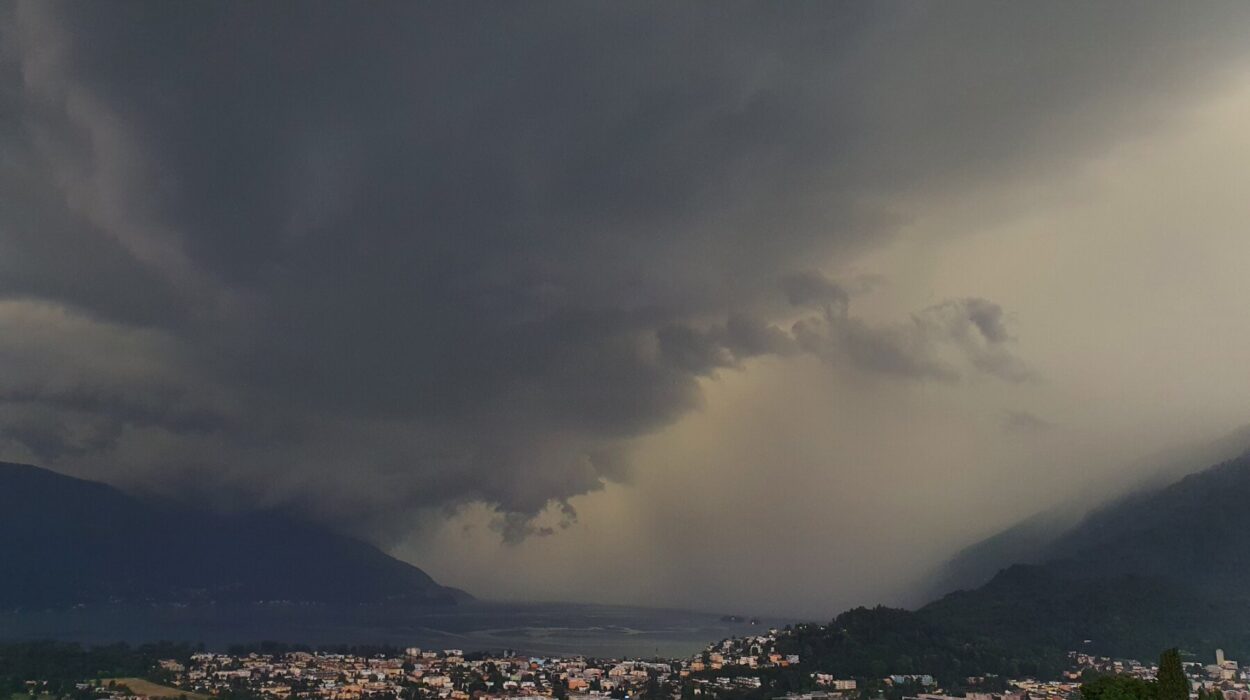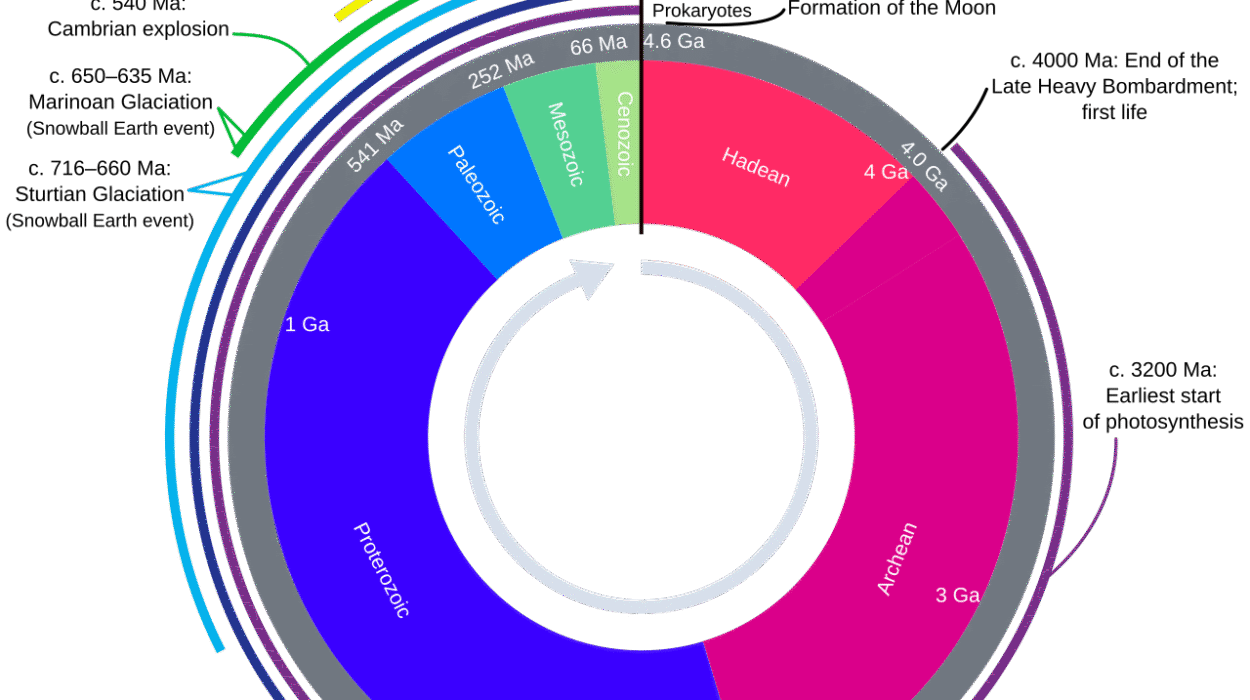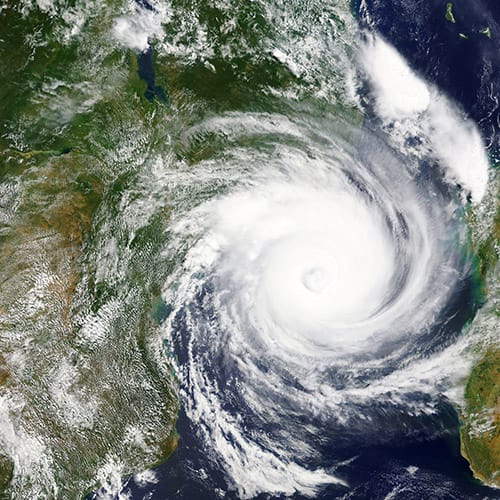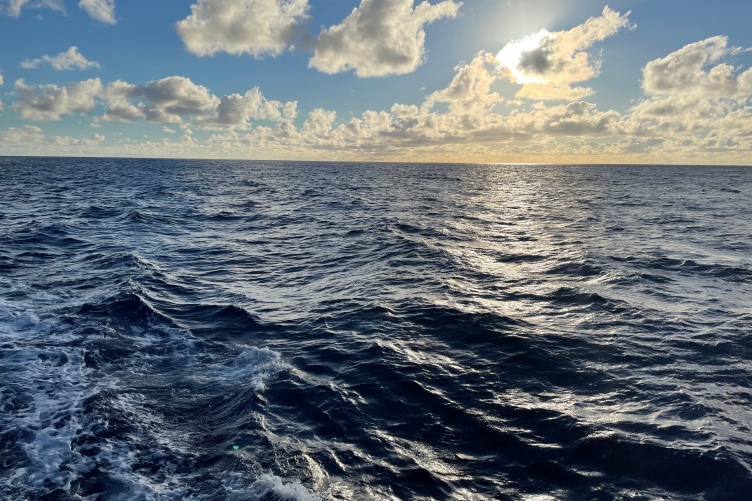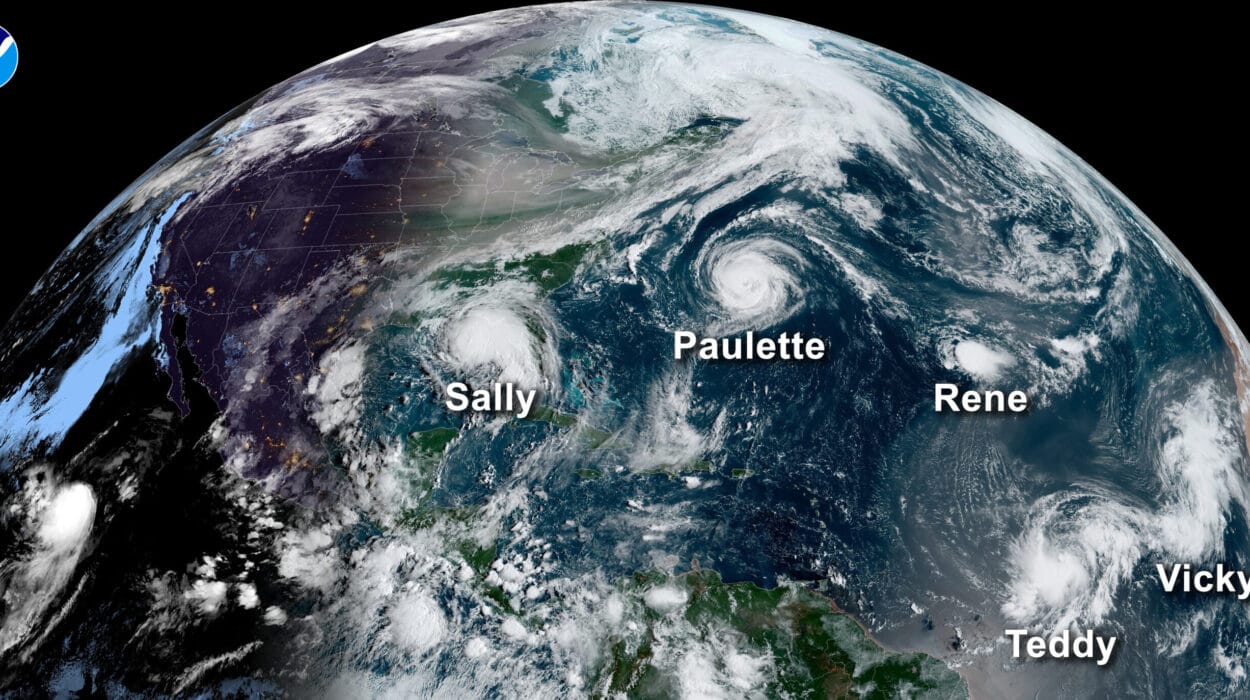Somewhere in the dusty silence of a desert or the layered walls of a windswept canyon, time stands still. A curious rock is unearthed. It might look unremarkable to the untrained eye, but to the paleontologist brushing it clean with reverent strokes, it is a time capsule, a storyteller, a relic of a world long vanished. This rock is a fossil—a preserved fragment of ancient life—and it holds within it secrets that stretch back millions, even billions, of years.
Fossils are not just stones. They are echoes of the past, frozen in time. They speak to us, if we learn to listen, about a planet that has transformed, evolved, suffered cataclysms, birthed continents, and erased entire worlds with the passage of eons. Through fossils, we reconstruct Earth’s story—not just the dry chronology of dates and layers, but the drama of life and death, extinction and survival, evolution and wonder. They are Earth’s memory.
What Exactly Is a Fossil?
To understand what fossils truly are, one must first imagine the delicate balance it takes to become one. Not every creature gets the honor of becoming a fossil. In fact, the odds are astronomically slim. Most organisms die and vanish without a trace, consumed by scavengers, decayed by bacteria, or destroyed by the environment. But every now and then, conditions align perfectly—rapid burial, lack of oxygen, mineral-rich waters—and the remains of a creature are preserved in stone.
A fossil is the preserved remains, impression, or trace of an organism that lived in the distant past, usually at least 10,000 years ago. Fossils can take many forms: bones turned to stone, shells embedded in rock, leaves etched into sediment, or even the footprints of dinosaurs imprinted in ancient mud. Some fossils are the hardened skeletons of extinct animals, while others are soft impressions of jellyfish or the subtle shadow of a fern. Sometimes, they’re not the remains at all but the signs of life—burrows, feces, nests, or trails—known as trace fossils.
Fossilization is not a single process, but many. There’s permineralization, where minerals fill in the spaces within bones. There’s carbonization, where organic material is reduced to a thin carbon film. There are molds and casts, where an organism decays and leaves a hollow that is later filled. There’s even amber preservation, where insects and small creatures are trapped in tree resin and sealed for eternity. Each fossil is a miracle of chemistry, time, and geology.
The First Discoveries: From Myths to Science
Long before the word “fossil” ever entered the scientific vocabulary, people found strange bones in the earth and wondered. In ancient Greece, giant bones unearthed in the hills were said to be the remains of titans and monsters. The Chinese mistook dragon bones for the real thing. In medieval Europe, fossils were often dismissed as tricks of nature or decorations from God’s imagination.
It wasn’t until the Renaissance that scholars began to challenge these myths. Pioneers like Leonardo da Vinci noted that seashells found high in the mountains were once part of living sea creatures, evidence that the Earth itself must have changed. In the 17th and 18th centuries, the field of paleontology was born, and fossils began to be studied not as curiosities but as keys to unlocking Earth’s deep past.
The discovery of fossilized sea creatures far inland suggested that water once covered those lands. The bones of extinct animals hinted at worlds that had existed long before human memory. By the 19th century, fossil discoveries were thrilling the public. The “Bone Wars” between rival scientists in America, the first full dinosaur skeletons in Europe, and the unearthing of early human ancestors in Africa turned paleontology into a quest for truth—and a race against time.
Telling Time Through Stone
Fossils are timekeepers. They allow scientists to date the rocks in which they’re found and to piece together a chronological record of Earth’s history. This is done through relative dating—looking at the layers of rock, or strata—and absolute dating, using the decay of radioactive isotopes in the surrounding minerals.
When we find a fossil in a particular layer of sedimentary rock, we know that it lived during the period when that layer was deposited. The deeper the layer, the older the fossil. This principle, called the Law of Superposition, helps scientists stack Earth’s history like pages in a book. Fossils also serve as index markers—certain species lived during very specific timeframes, so their presence can help pinpoint the age of rocks across the globe.
Through this method, scientists have built a geologic timescale, dividing Earth’s 4.6-billion-year history into eons, eras, periods, and epochs. The fossil record is the thread that stitches this timeline together—from the mysterious microbes of the Precambrian to the roaring thunder lizards of the Mesozoic, all the way to the rise of mammals and humankind in the Cenozoic.
A Story of Evolution and Extinction
One of the most profound revelations of fossils is the story of evolution. Fossils provide tangible, physical evidence of how life has changed over time. They allow us to trace the transition of species—how fish gave rise to amphibians, how reptiles led to birds, how tiny mammals evolved into elephants and whales.
The fossil record isn’t always complete, but it’s rich enough to show patterns. Transitional fossils, like Tiktaalik, a creature with both fish and amphibian features, or Archaeopteryx, a dinosaur with feathers and wings, reveal the branching pathways of evolution. These aren’t “missing links,” but rather snapshots of evolutionary experiments, steps on the staircase of life.
Fossils also tell the darker tales of extinction. Earth has suffered at least five mass extinction events—times when vast numbers of species vanished in geologically short periods. The end-Permian extinction wiped out more than 90% of marine life. The end-Cretaceous extinction famously ended the reign of the dinosaurs, likely due to a massive asteroid impact. Fossils capture the sudden disappearances and slow recoveries that followed.
Yet, even in extinction, fossils teach us resilience. Life returned, adapted, and diversified again. Each extinction cleared the stage for new life forms to rise. In this way, the fossil record is not just a eulogy for the lost, but a hymn to the enduring power of life.
The Fossil Hunters: Heroes of Deep Time
Behind every fossil is a story—not just of the creature it once was, but of the human who unearthed it. Fossil hunting requires grit, patience, and a certain romantic obsession with the past. From Mary Anning, the 19th-century British woman who uncovered the first ichthyosaurs and plesiosaurs, to modern paleontologists braving the badlands of Mongolia or the Arctic permafrost, the search for fossils is a grand adventure.
Anning, often overlooked in her time because of her gender and class, made discoveries that shook the foundations of science. She inspired poets and scientists alike. Later, the feuding paleontologists Edward Drinker Cope and Othniel Charles Marsh scoured the American West, unearthing dozens of new dinosaur species in what became known as the “Bone Wars.”
In Africa’s Great Rift Valley, Louis and Mary Leakey uncovered ancient human ancestors, bringing the story of evolution closer to home. Today, fossil digs take place on every continent, including Antarctica, revealing that life once thrived even at the poles.
What Fossils Reveal About Earth’s Changing Face
Fossils don’t just tell us about the creatures that lived—they tell us about the Earth they lived on. They reveal ancient climates, shifting continents, rising mountains, and vanishing seas. Through paleontology, we’ve learned that continents drift. Fossil plants in Antarctica match those found in South America, Africa, and India, supporting the theory of plate tectonics.
Fossils show us that deserts were once oceans, and ice-covered lands were once tropical. They tell us of times when carbon dioxide levels were sky-high, when polar forests teemed with life, and when coral reefs bloomed where now there is desert. Fossils are climate archives, capturing environmental changes across millions of years.
They also warn us. By studying past climate shifts and extinction events, scientists gain insight into how Earth responds to change. The fossil record is a long memory—one we must heed as we face our own climate crisis.
Fossils and the Human Journey
Perhaps the most intimate lessons from fossils are those that illuminate our own origins. The story of humanity is deeply etched in ancient bones. From the earliest bipedal hominins like Australopithecus afarensis (famed for “Lucy”) to the toolmakers Homo habilis, the fire users Homo erectus, and finally Homo sapiens, fossils tell us where we came from and how we became who we are.
They reveal that we are not alone in our lineage. Neanderthals, Denisovans, and other extinct cousins once walked alongside us. They made art, used tools, and shared some of our genes. The fossil record shows not a ladder of progress but a branching tree, full of dead ends, experiments, and migrations.
To hold the skull of an ancestor in your hands is to feel the weight of millions of years pressing against your palm. It is to understand that we are not separate from nature, but deeply embedded in its history.
Fossils in the Future: Technology Meets Deep Time
The study of fossils is not frozen in the past. Modern paleontology is being revolutionized by technology. CT scans now allow scientists to look inside fossilized skulls without damaging them. Isotopic analysis tells us what ancient animals ate and how they lived. Digital modeling lets us reconstruct how dinosaurs walked or how prehistoric birds flew.
Artificial intelligence and machine learning are being used to classify fossil species and predict evolutionary patterns. New techniques even aim to extract molecular information—collagen, proteins, and possibly ancient DNA—from exceptionally preserved specimens.
In frozen tundras and sunbaked deserts, researchers are still finding new species, new mysteries, and new pieces of the puzzle. Every year, the tree of life grows more complex, more beautiful, more astonishing.
Why Fossils Matter More Than Ever
Fossils are not just relics. They are reminders. In their silent testimony, they urge us to think beyond the scale of our short lives. They remind us that Earth has endured dramatic changes and that life is both fragile and tenacious. They teach us humility and curiosity.
In an age of environmental upheaval, mass extinctions, and rapid climate change, fossils are more relevant than ever. They show us what was lost before, what might be lost again, and what can be preserved. They connect us to the past in a way no written history ever could.
To study fossils is to become part of something vast. It is to read the autobiography of Earth, chapter by chapter, bone by bone. It is to glimpse the face of time.
Conclusion: Listening to the Stones
When we find a fossil, we do not just dig up bones. We uncover stories—of creatures that lived, struggled, thrived, and vanished. We read the diary of Earth itself, written not in ink, but in stone and silence.
Every fossil is a question: What was this creature? How did it live? Why did it die? What world did it inhabit? And hidden behind those questions is a final, quiet truth—if we are wise enough to listen.
The stones beneath our feet are not just rocks. They are voices. And they are still speaking.

